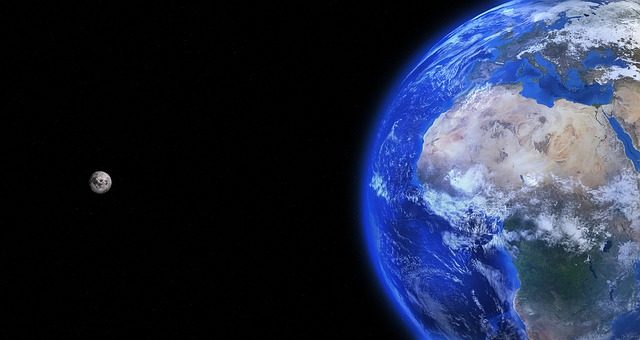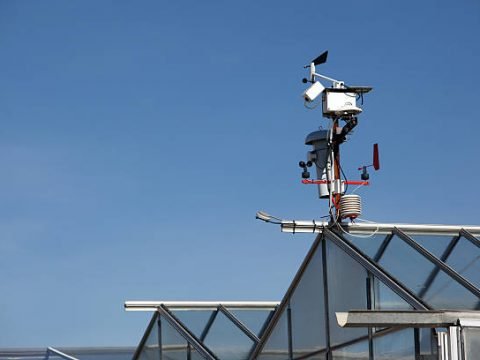
The troposphere is arguably the most important layer for us humans. This is the layer we all live in and also the layer that supports all other forms of life. It is also the layer where almost all weather conditions occur.
The air in the troposphere contains all the elements necessary for all forms of life to exist. It also contains the vast majority of water vapor on the planet. (More than all the other layers in the atmosphere combined.)
To get a better picture to be more, let’s take a closer look at the specific elements that make up the weather in the troposphere:
Nitrogen (78.08%)
Oxygen (20.95%)
Argon (0.93%)
Carbon dioxide (0.04%)
Various Small Gases
Each of these elements plays an important role in creating an atmosphere conducive to supporting the existence and growth of life on Earth. (This includes carbon dioxide, which is notorious for its rapid increase in global warming. It actually plays a vital role in the survival of plant life.)
As I mentioned earlier, the troposphere also contains more water vapor than all the other layers combined. To be more precise, 99% of all water vapor is concentrated in the troposphere.
The importance and advantages of water are too great to go into details. It is a vital source of hydration for humans (after all, our bodies are 60% water) and animal life. It is also necessary for the growth and development of all types of vegetation.
Water also plays an important role in regulating temperatures around the world. This aspect of water is closely related to one of its most important functions, which is to create and regulate weather systems on a global scale. Without water, it would be impossible for air to form in any significant way.
We should never lose sight of the importance of temperature and air pressure behavior in the troposphere. Both show a steady decline as the height above the earth’s surface increases.
The earth is warming from the bottom up. The sun heats the earth’s surface where the highest temperatures can be found. It then begins to cool as its height increases. The temperature continues to drop, reaching temperatures as low as -55 degrees Celsius at the upper limit of the troposphere.
Similarly, air pressure is highest at the surface of the planet, where gravitational forces are strongest. As the particles in the air get closer together, the air becomes much denser.
As the altitude of the air increases, the gravitational forces decrease and the air density begins to decrease. In the upper parts of the troposphere, the air is so thin that it becomes almost impossible to breathe. (This is why mountaineers who climb high mountains often need some sort of respirator to breathe.



